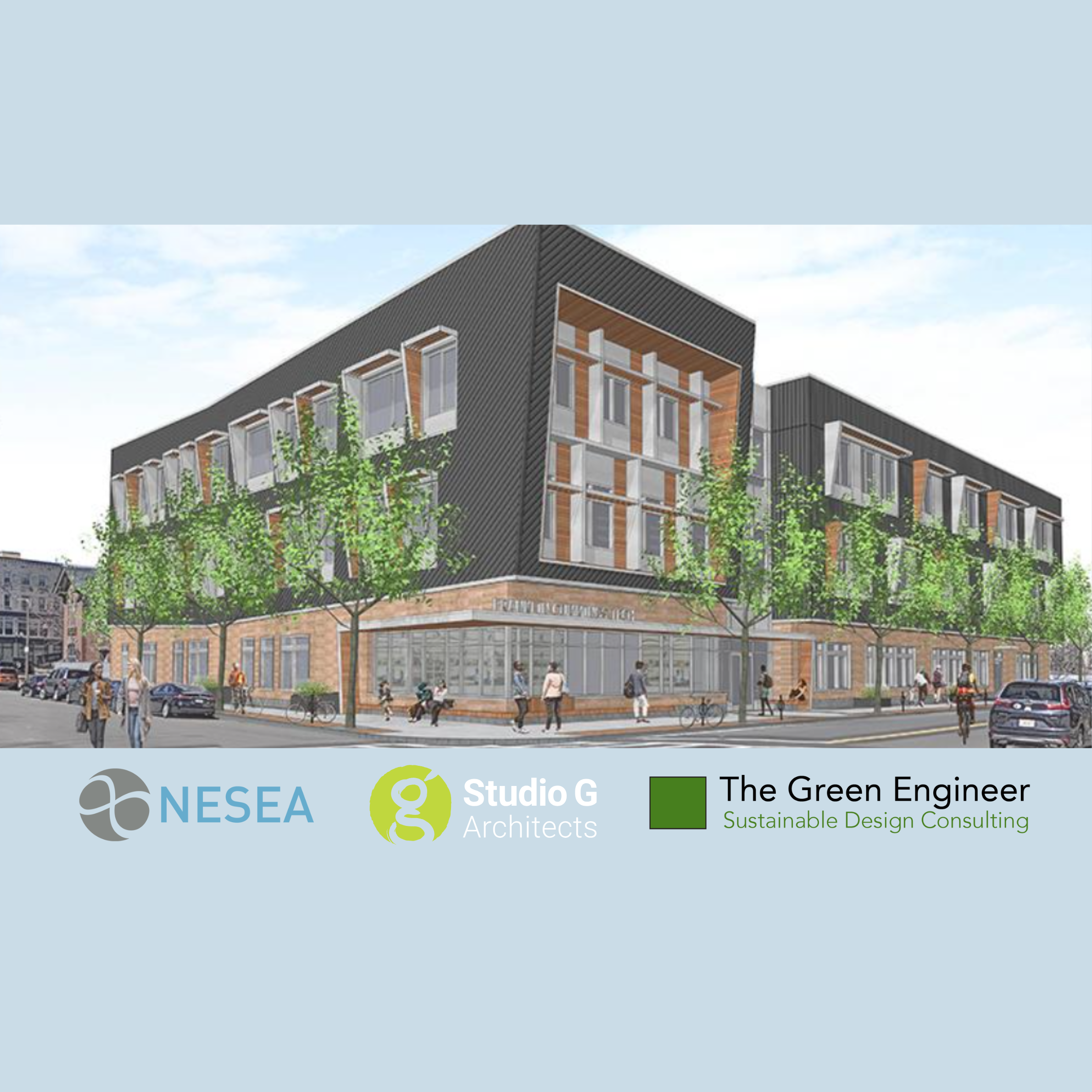
The implications of BERDO 2.0
In the fall of 2021, the City of Boston adopted the second iteration of the Building Energy Reporting and Disclosure Ordinance (“BERDO 2.0”) (Docket #0775, Ordinance Amending City of Boston Code, Ordinances, Chapter VII, Sections 7-2.1 and 7-2.2). BERDO 2.0 sets emissions targets and reporting requirements for buildings greater than or equal to 20,000 GSF; establishes an Emissions Review Board with community representation to increase accountability and transparency; and establishes an environmental justice Buildings Emissions Investment Fund. The ordinance also includes performance standards for large buildings to decrease carbon targets with flexibility to assist companies in complying.
BERDO 2.0 is likely to have significant impact on existing buildings in the future.
Project teams planning new buildings should consider the future implications of BERDO 2.0 in addition to current building code requirements.
Requirements
Reporting
BERDO 2.0 requires buildings over 20,000 GSF to annually report on emissions by May 15th of each year. Specific information required to be reported includes:
- Energy and Use, used to calculate CO2e emissions
- Primary Building Use
- Any Renewable Energy Certificates (RECs) purchased
- Any Power Purchase Agreements (PPAs) covering building
- If unique emission factors were used
- Contact information for building ownership/management
Reporting would typically be done through Energy Star Portfolio Manager.
Failure to comply with reporting results in a fine of $300/day for buildings over 35,000 GSF, and $150 per day for projects between 20,000 and 35,000 GSF.
Projects that do not report are also subject to the emission fines described below.
Emission Limits
- Beginning 2025, buildings over 35,000 GSF must have emissions less than or equal to the limits in Table 1 (below). Buildings between 20,000 and 35,000 GSF will have to comply beginning in 2030.
- Emissions Factors will be set by a Review Board. EV charging and Emergency Power are excluded.
- Projects may use PPAs, Municipal Aggregation, or RECs to lower their emissions. For PPAs, the RECs must be retired. For RECs, they must be current NEPOOL, RPS Class I.
- Projects that fail to comply can make alternative compliance payments. The initial cost of an Alternative Compliance Payment shall be $234 per metric ton of CO2e.
- Projects that do not comply, and do not make alternative compliance payments will be subject to fines. Buildings over 35,000 GSF will be fined $1000/day, and buildings between 20,000 to 35,000 GSF will be fined $300/day.


%20(LinkedIn%20Post).png)




